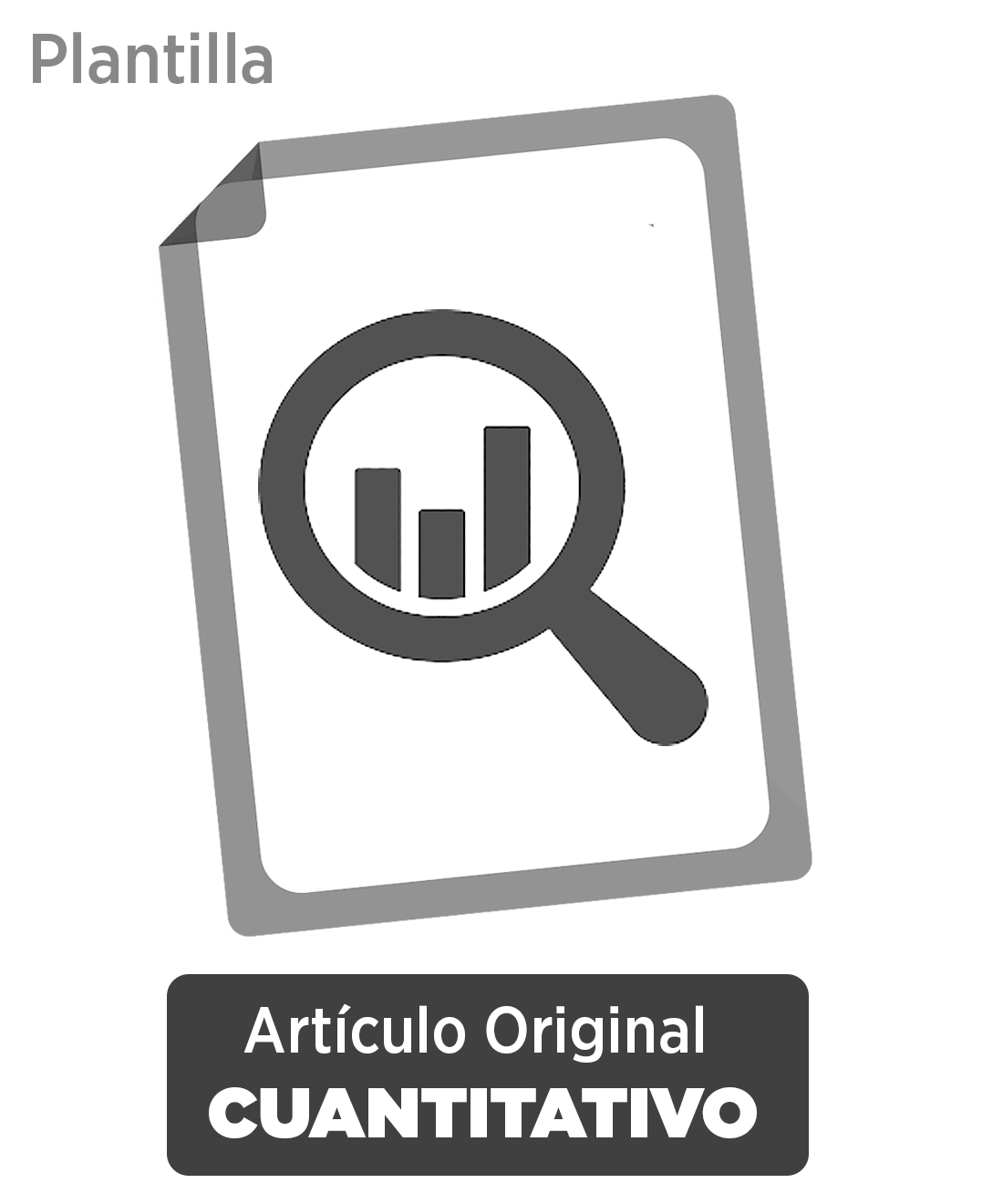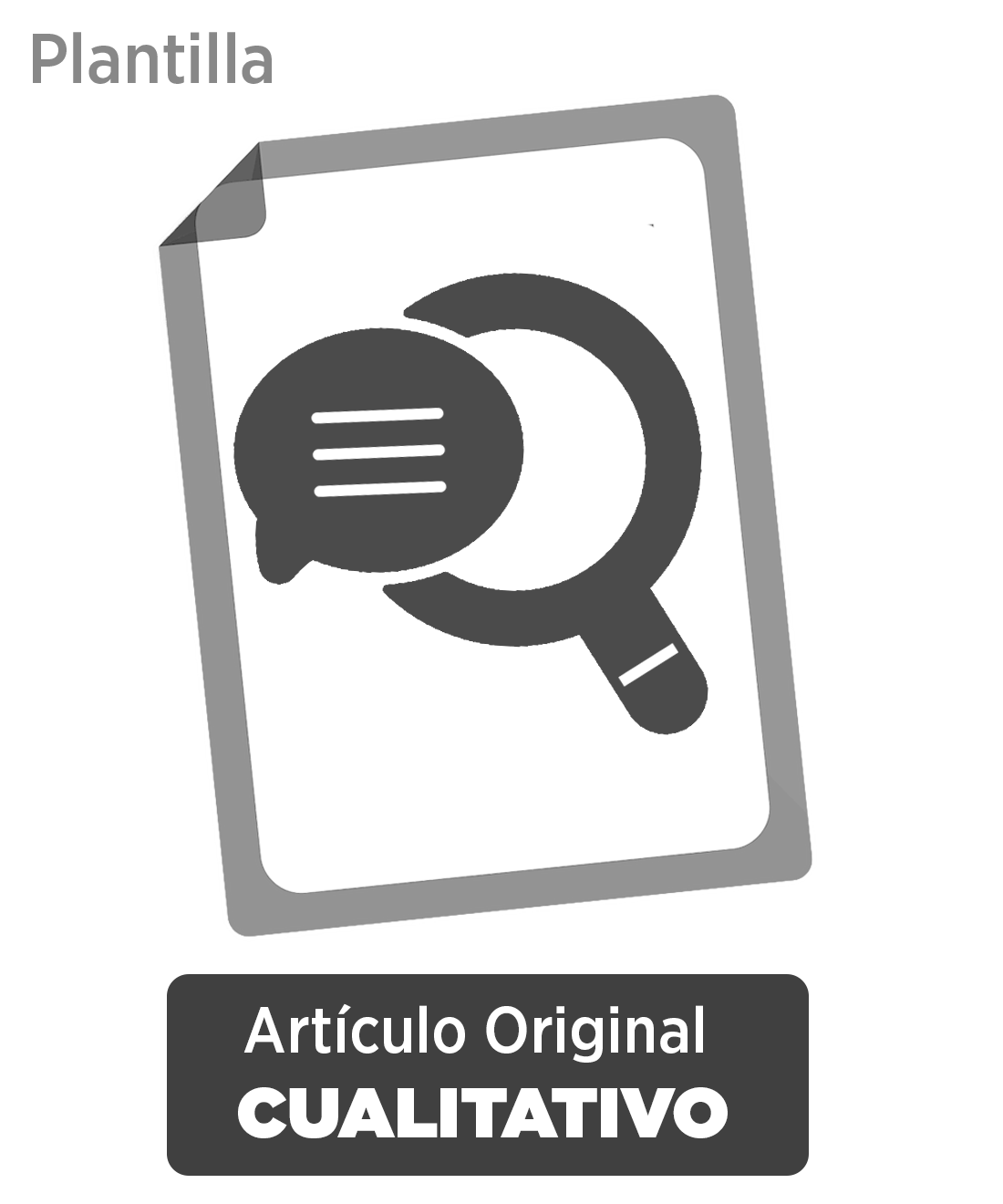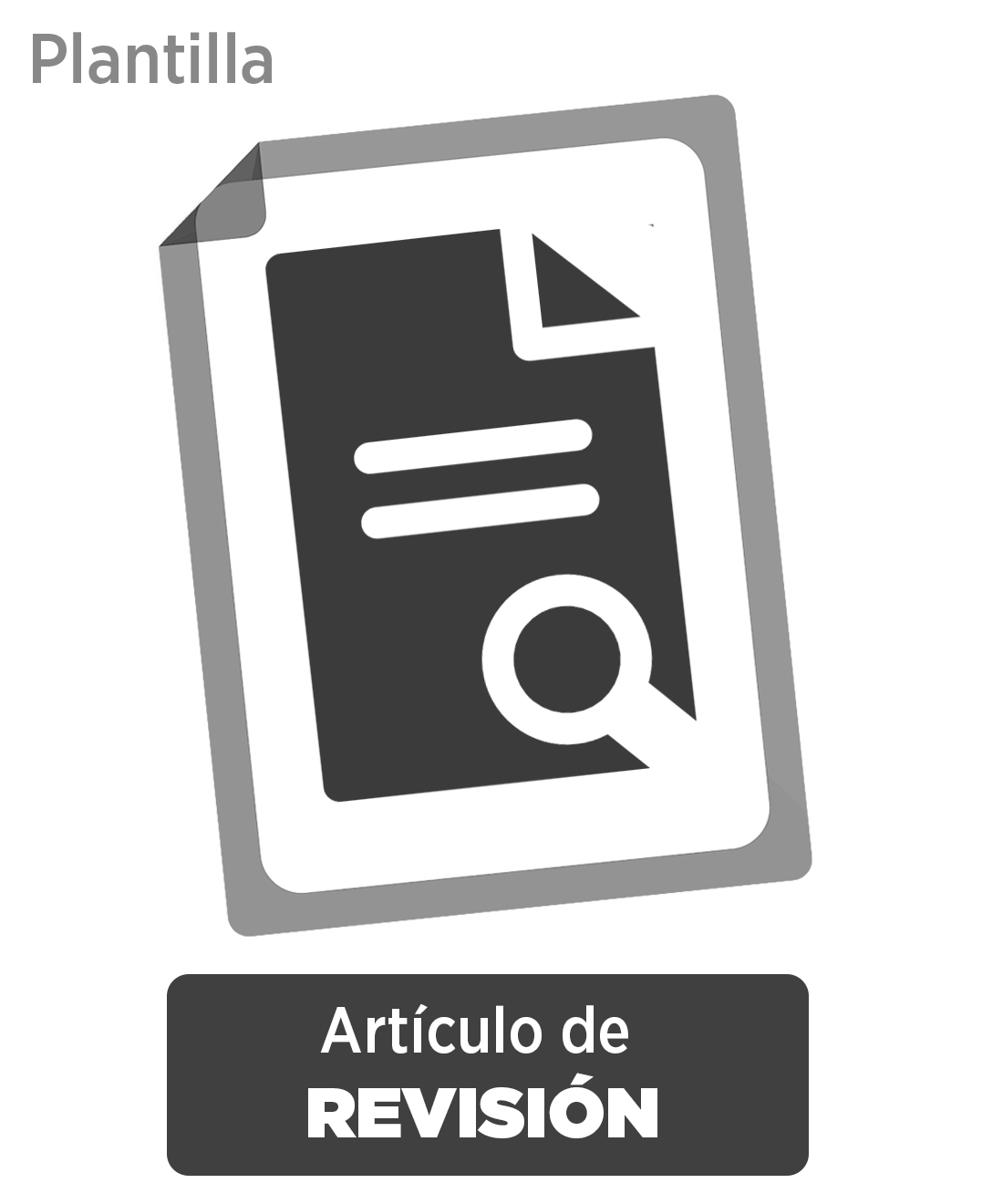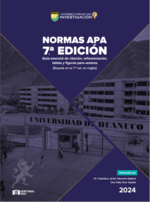Immersive advertising and retail marketingstrategy in Huancayo, Peru
DOI:
https://doi.org/10.37711/Keywords:
Augmented reality, virtual reality, Immersive advertising, purchase experience, purchase intention, lotalty, marketing strategy, retail, Huancayo, technologies inmersiveAbstract
Objective. To analyze the relationship between immersive advertising and marketing strategy in the retail sector in Huancayo (Peru). Methods. A study was conducted with a quantitative approach and correlational design. The study had a population of 120 companies that apply immersive technologies, with a sample of 40 companies and 59 clients with previous experience in immersive advertising campaigns were surveyed. For data collection, a survey was used as a technique and a Likert scale questionnaire was used as an instrument to evaluate both variables and their dimensions. Results. It is evident that immersive advertising is perceived favorably, highlighting acceptance and personalization, with more than 57% of responses at a high level. However, the purchase intention showed a medium level, indicating that the interest generated does not always translate into a consumption decision. The marketing strategy was also well rated by 57.6 % of the participants, especially in the dimensions of emotional connection and personalized interaction. However, as in the first variable, the impact on purchase intention was moderate. The inferential analysis confirmed the alternative hypothesis, finding a positive and significant correlation between both variables (Kendall's tau-b = 0.468; p = 0.001). It highlighted the strong link between immersive advertising personalization and personalized interaction. Conclusions. A significant relationship between immersive advertising and marketing strategy in the retail sector of Huancayo is confirmed.
Downloads
References
Arora, N., Drèze, X., Ghose, A., Hess, J., Iyengar, R., Jing, B., Joshi, Y., Kumar, V., Lurie, N., Neslin, S., Sajeesh, S., Su, M., Syam, N., y Thom, J. (2008). Cómo poner a trabajar el marketing uno a uno: personalización, personalización y elección. Marketing Letters, 19(3), 305-321. https://doi.org/10.1007/s11002-008-9056-z
Baker, M. J., & Hart, S. (2018). The Marketing Book (7th ed.). Routledge.Cayahuallpa-Paquirachi, C., Pacheco, A., & Uribe-Hernández, Y. (2024). Transforming the tourism experience: Virtual Reality for customer loyalty in the tourism industry. F1000Research, 13, 302. https://doi.org/10.12688/f1000research.146072.1
Cyr, D., Head, M., & Larios, H. (2010). Color appeal in website design within and across cultures: A multi-method evaluation. International Journal of Human–Computer Studies,68(1-2), 1-21. https://doi.org/10.1016/j.ijhcs.2009.08.005
Flavián, C., Ibáñez-Sánchez, S., & Orús, C. (2019). The impact of virtual, augmented and mixed reality technologies on the customer experience. Journal of Business Research, 100, 547-560. https://doi.org/10.1016/j.jbusres.2018.10.050
Hilken, T., Chylinski, M. B., Keeling, D., Heller, J., Ruyter, K., & Mahr, D. (2021). How to strategically choose or combine augmented and virtual reality for improved online experiential retailing. Psychology & Marketing, 3(39),495-507. https://doi.org/10.1002/mar.21600
Javornik, A. (2016). ‘It’s an illusion, but it looks real!’ Consumer af-fective, cognitive and behavioural responses to augmented real-ity applications. Journal of Marketing Management,32(9-10), 987-1011. https://doi.org/10.1080/0267257X.2016.1174726
Liu, J. (2024). The application and challenges of virtual reality technology in creative advertising design. Applied Mathematics and Nonlinear Sciences, 9(1), 1-19. https://doi.org/10.2478/amns-2024-0826
Nathan, S. K., Kaikini, R. R., Noorjahan, S., Santhosh, R., Acharjee, P., & Sridharan, R. (2023). Exploring The Factors That Influence Young Customers’ Purchase Intention Towards Smartphone. Journal of Advanced Zoology, 4(55), 1890-1894. https://doi.org/10.17762/jaz.v44is-5.1522
Pantano, E., & Priporas, C.-V. (2016). The effect of mobile retailing on consumers’ purchasing experiences: A dynamic perspective. Comput. Hum. Behav., 61, 548-555. https://doi.org/10.1016/j.chb.2016.03.071
Poushneh, A. (2018). Augmented reality in retail: A trade-off between user’s control of access to personal information and augmentation quality. Journal of Retailing and Consumer Services, 41, 169-176. https://doi.org/10.1016/j.jretconser.2017.12.010
Ravi Kumar, R. Madhumitha, Monisha Suthar, & Mushraff.Y. (2024). The Effectiveness of Virtual Reality and Augmented Reality in Digital Marketing Campaigns. EPRA International Journal of Economics, Business and Management Studies,5(11), 92-94. https://doi.org/10.36713/epra16813
Saura, J. R., Palacios-Marqués, D., & Ribeiro-Soriano, D. (2021). Digital marketing in SMEs via data-driven strategies: Reviewing the current state of research. Journal of Small Business Management, 61, 1278-1313. https://doi.org/10.1080/00472778.2021.1955127
Scholz, J., & Smith, A. N. (2016). Augmented reality: Designing immersive experiences that maximize consumer engagement. Business Horizons, 59(2), 149-161. https://doi.org/10.1016/j.bushor.2015.10.003
Sheena, S. K. (2023). Augmented and Virtual Reality (AR/VR) in Marketing: Developing Immersive Client Experiences to Increase Engagement. 2023 10th IEEE Uttar Pradesh Section International Conference on Electrical, Electronics and Computer Engineering (UPCON), 10, 1759-1764. https://doi.org/10.1109/UPCON59197.2023.10434889
Thomson, M., MacInnis, D. J., & Park, C. W. (2005). The ties that bind: Measuring the strength of consumers’ emotional attachments to brands. Journal of Consumer Psychology, 15(1), 77-91. https://doi.org/10.1207/s15327663jcp1501_10
Yawised, K., Apasrawirote, D., Chatrangsan, M., & Muneesawang, P. (2022). Turning digital technology to immersive marketing strategy: A strategic perspective on flexibility, agility and adaptability for businesses. Journal of Entrepreneurship in Emerging Economies, 16(3), 742-766. https://doi.org/10.1108/jeee-06-2022-0169
Zhao, S. (2021). The Impact of Contextual Mobile Advertising on Consumer Purchase Intention. 2021 International Conference on Management, Economics, Business and Information Technology. https://doi.org/10.12783/DTEM/MEBIT2021/35639

Downloads
Published
Issue
Section
License
Copyright (c) 2025 Adrián Oscar Berrospi Paredes

This work is licensed under a Creative Commons Attribution 4.0 International License.
a. Los autores conservan los derechos de propiedad intelectual (copyright) de las obras publicadas, cediendole a la revista el derecho de primera publicación.
b. Los autores retienen sus derechos de marca y patente, y también sobre cualquier proceso o procedimiento descrito en el artículo.
c. Los autores retienen el derecho de compartir, copiar, distribuir, ejecutar y comunicar públicamente el artículo publicado en la revista Innovación Empresarial (por ejemplo, colocarlo en un repositorio institucional o publicarlo en un libro), con un reconocimiento de su publicación inicial en la revista Innovación Empresarial.
d. Los autores retienen el derecho a hacer una posterior publicación de su trabajo, de utilizar el artículo o cualquier parte de aquel (por ejemplo: una compilación de sus trabajos, notas para conferencias, tesis, o para un libro), siempre que indiquen la fuente de publicación (autores del trabajo, revista, volumen, número y fecha).
























